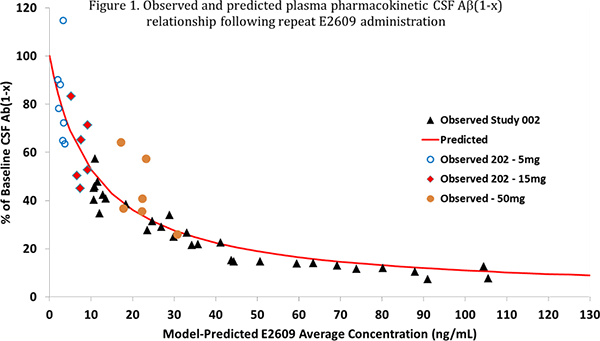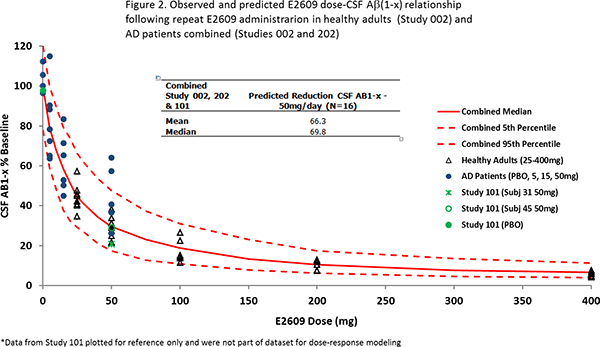news – page 26 – eisai china lnc.-pg电子app
eisai co., ltd. (headquarters: tokyo, ceo: haruo naito, “eisai”) and meiji seika pharma co., ltd. (headquarters: tokyo; ceo: daikichiro kobayashi, “meiji”) announced today that they have entered into a license agreement for the commercialization of safinamide (development code: me2125) for the treatment of parkinson’s disease in japan and asia. safinamide is currently under clinical development by meiji in japan.
under the agreement, eisai will obtain exclusive rights to safinamide to market in japan and to develop and market in asia (seven countries*). meiji will continue the clinical trials that it is currently conducting and submit a manufacturing and marketing authorization application for the drug in japan. meanwhile, eisai will conduct clinical trials for seeking regulatory approval, and make the applications in asia. meiji will manufacture and supply the product of safinamide to eisai for japan and asia.
furthermore, meiji will receive an upfront payment from eisai, as well as developmental milestone and sales royalty payments under the agreement.
parkinson’s disease is a neurodegenerative disease which causes motor impairment, including shaking in the limbs, muscular rigidity and brachybasia. it is caused by degeneration of the dopamine nervous system, which leads to a shortage of dopamine, a neurotransmitter in the brain.
according to a survey by the ministry of health, labour and welfare, the number of patients suffering from parkinson’s disease in japan numbered 163,000 in 2014, with the number of patients increasing due to the aging of the population.
levodopa is widely used to treat parkinson’s disease by replenishing the brain’s supply of dopamine. however, as the disease progresses, levodopa’s duration of effect (“on” time) decreases, and there are cases of parkinson’s disease symptoms returning before the next dose (“wearing-off” phenomenon). to prevent the “wearing-off” phenomenon, combination therapy with a drug that has a different mechanism of action to levodopa is administered.
safinamide is a selective monoamine oxidase b (mao-b) inhibitor, which reduces the degradation of excreted dopamine, helping to maintain the density of dopamine in the brain. additionally, safinamide blocks sodium ion channels and inhibits glutamate release, and as such, has potential as a new parkinson’s disease treatment which possesses both dopaminergic and non-dopaminergic mechanisms. global clinical trials of safinamide in combination with levodopa for the treatment of mid- to late-stage parkinson’s disease showed extended “on” time, and an improvement in motor function.
safinamide was discovered and developed by newron pharmaceuticals s.p.a. (headquarters: italy, milan, “newron”). in 2011, newron entered into a licensing agreement with meiji, granting meiji exclusive rights to development, manufacture and commercialize the drug in japan and asia. safinamide is marketed under the name “xadago” in eleven countries in europe, and on march 21, 2017, was approved by the u.s. food and drug administration. in japan, meiji is currently conducting phase ii/iii trials for safinamide in combination with levodopa.
through this agreement, eisai and meiji will make further contributions to address the diversified needs of, and increase the benefits provided to, parkinson’s disease patients and their families.
* south korea, chinese taiwan, brunei, cambodia, laos, malaysia, and the philippines

